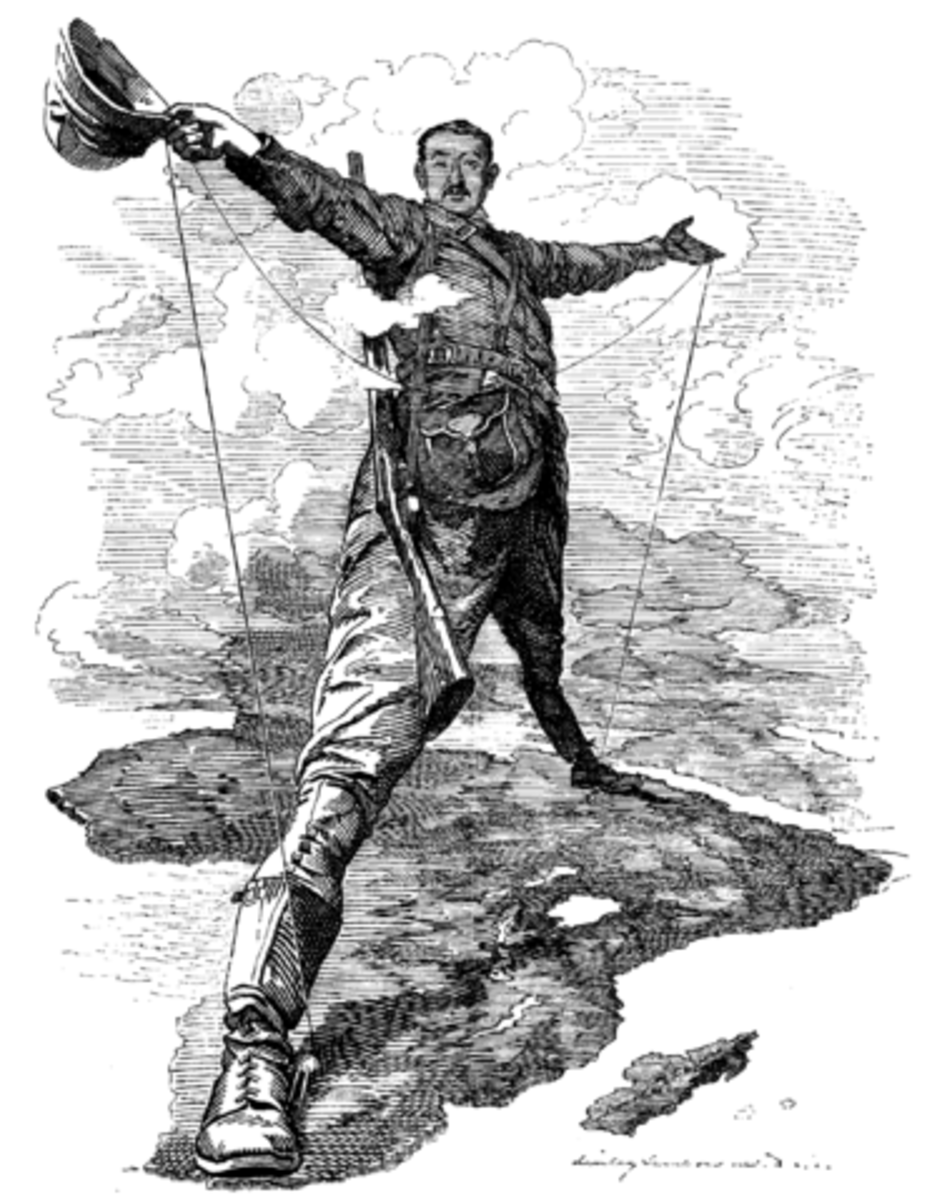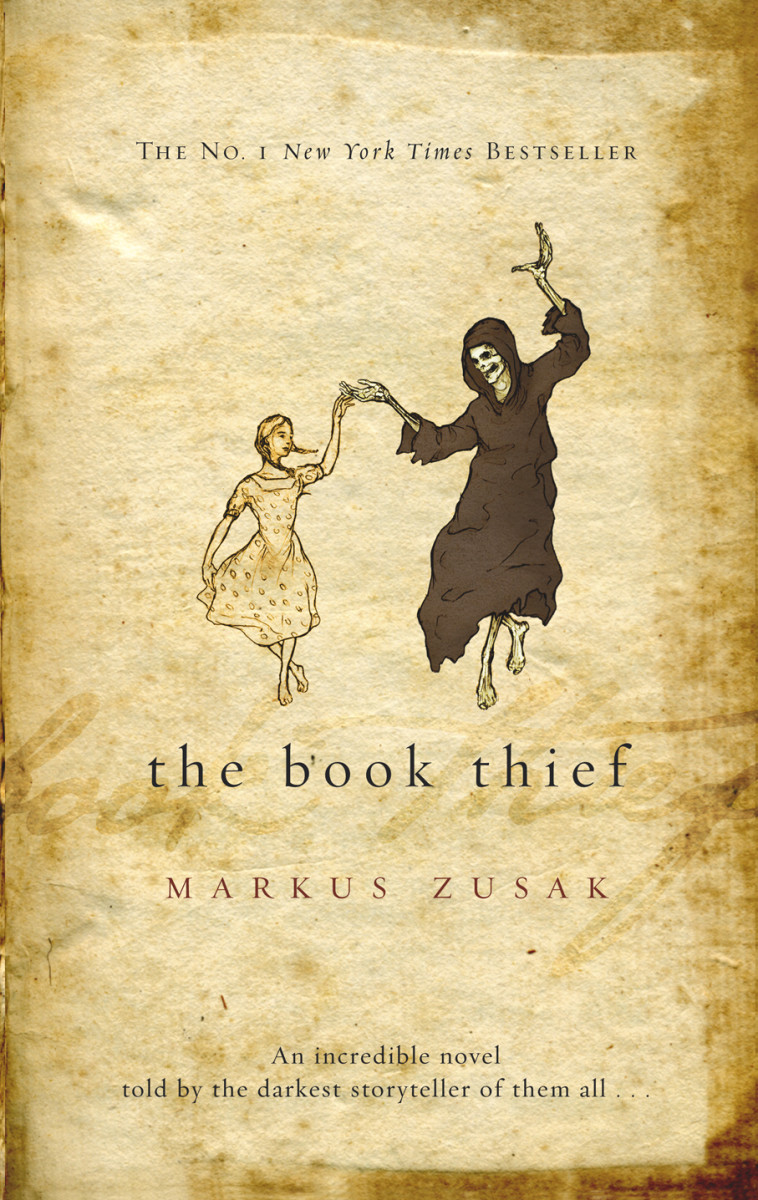Goodbye Dolly Gray, a Book Review

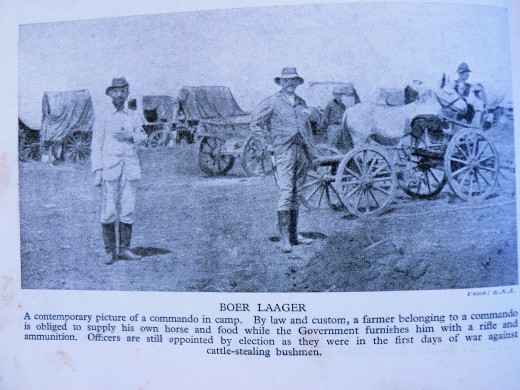
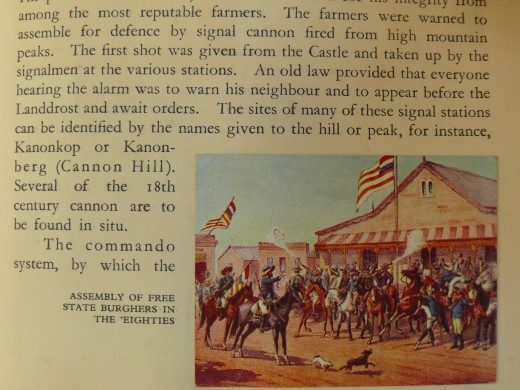
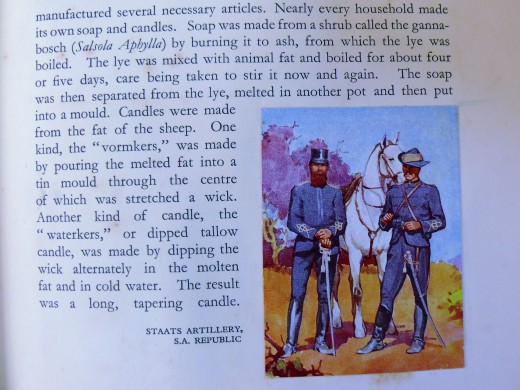
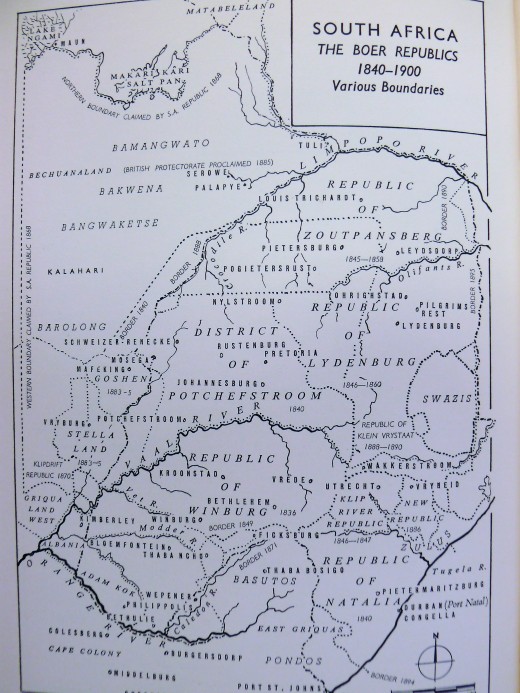
The Anglo-Boer War and Colonization: A book review.
Good-bye Dolly Gray by Rayne Kruger.
Most people don’t know much about the history of their own country, a fact that became obvious to me as I taught World History with an emphasis on Africa, at the African Christian College in Swaziland. As I read the book, Good-bye Dolly Gray, I could identify with this problem personally. My understanding of the so called Boer War was rudimentary at best and so this well researched account gave me a deeper insight into the actual war, its causes and its results.
Obviously every historical account comes with a built in bias as it is seen from a particular view point. Rayne Kruger ,in his excellent account, seems to have presented an interesting and balanced view.
Colonization: The writer presents the causes of the war in the setting of British colonial ambitions on the one side and Boer nationalism on the other side. While it is tempting to take sides it is perhaps better to try and look at the situation from a neutral perspective, if that is possible.
At the turn of the 19th Century, British colonialism was in full swing with the occupying of territories in order to expand the Commonwealth being a strong political motive. Having just been defeated in America, the new found wealth in Southern Africa in the form of diamonds in Kimberley and then gold in the Witwatersrand presented a new area of interest for Britain. Already in control in the Cape, the discovery of riches further north was enticing. Towards the end of the Boer War, in a meeting between Kitchener and Botha to try to end the war, Botha stated the Boer view of the English High Commissioner “as the tool of alien financial vultures” (Kruger pg.406).
It was an ongoing battle of conflicting interests that lead to the war. British expansionism verses Boer Nationalism seemed to bring the leaders of the Orange Free State and the Transvaal Republic into the war against British Colonialism. The writer of the book quotes extensively from British Parliamentary speeches and dispatches between the British leaders in England and those in the field.
The Fighting: What is particularly interesting is the contrast that the writer describes so vividly, between the two opposing sides. On the one side the British soldiers, with their leaders who took with them into battle their tents, messes and a huge amount of spare equipment - one British leader is described as insisting that his trunks, champagne, extra clothing and comforts, and even a piano be transported along the way. This resulted in slow moving groups of soldiers travelling through hostile territory. The Boers, who, in their self sufficient groups and mounted on horses, developed new methods of fighting which proved to be elusive and ghost- like.
According to the writer of the book, it was the Boer leader, De la Rey, who “invented” trench warfare as the Boers refused to conform to the normal convention of war practiced at that time. At this time the norm was that soldiers would march in close rank towards each other with guns blazing and bayonet’s fixed. The Boer’s, however, fired their guns (Mausers, while the British used Lee-endfield mark 1) at the opposing army from hidden positions and then galloped away on their ponies, ready to fight another day, leaving the British soldiers confused and frustrated.
The development of the war: When Pretoria fell, the British forces believed the war was over, but again the Boers simply withdrew their commandoes and continued to attack railway carriages and small garrisons at will. As the war progressed the numbers of soldiers in the British Army was boosted by re-enforcements from India, Australia and New Zealand. President Kruger tried to get support from those who were considered allies, like Germany and Holland but to no avail. Some support came from the Cape and these were considered rebels and they faced the wrath of British law if captured.
The main characters: The writer paints pictures of all the leaders involved in the war such as Paul Kruger, de Wet, Botha, Smuts and De la Rey to just mention a few on the Boer side. Milner, Chamberlain. Churchill, Roberts, White, Baden–Power, Kitchener, Emily Hobhouse are just a few on the British side.
The Main battles: In vivid detail, the author describes the main events and battles that took place. Some, like the siege of Mafeking, obviously deserve a book on their own, but the writer gives the reader a good overview. The Black Week, Spion Kop, Paardeberg, Ladysmith, Bloemfontein, Mafeking, Pretoria, The Brandwater Basin are all battles which are dealt with in some detail. The war, which should have been over in a few months, dragged on and on, with good decisions and bad ones being made by both sides. The writer attempts to evaluate these decisions with quotes from the survivors and he seems to give a reasonably balanced view.
The “scorched earth” approach by the British and their establishment of concentration camps for old men, women and children make up part of the story as the war drags on. Attempts to find peace come and go. Winter brought its hardships and flooded rivers challenged both sides. It was interesting to me to learn about the weapons that were used on both sides. War in general had moved on from the use of muskets and bayonet’s into more advanced weapons like machine guns, more advanced guns and cannons. It was also interesting to see the role that horses and mules played in this war.
More people are said to have died from disease during the war than from enemy fire. In the towns that were under siege and the concentration camps, a variety of diseases were rampant. Women played an important supporting role during the war supplying their men with food. Britain also sent nurses and doctors out to work in the concentration camps. On the Boer side their women also fiercely supported the war effort in every way. Anti-war movements in Britain called for an end to hostilities on the basis of humanitarian grounds. Newspapers in Europe proclaimed propaganda, either for against the war.
As the war continued, the British and commonwealth soldiers learned how to approach the guerilla fighters who moved around quickly on horseback. Thousands of horses were imported by England to increase its cavalry, but unfortunately not many of the troops knew how to ride. Kitchener’s development of thousands of “block-houses” to guard the railway links that were vital for supplies and troop transport, eventually gave England the upper hand in the control of the country. Small, lesser known battles, are described in vivid detail by the writer and quotes by soldiers from the battlefield illustrate extreme acts of bravery on both sides.
The black population. Kruger realises that the black tribes already in the area played an important role as guides, spies and workers with oxen and mules transporting equipment. Neither the Boers or the English gave them firearms. Many ended up in the concentration camps. The writer however feels that their involvement requires a separate book.
The name of the book comes from the song that departing soldiers sang as they left their loved ones to travel to South Africa. A well known South African song, “We are marching to Pretoria” was also first sung during the war. Queen Victoria died during the war and this ended an interesting era of British history. The book helped me to understand my roots as a South African better and also the issue of colonialism which is such a hot potato at present.
This is not light reading but an important view of the Anglo-Boer war and the book is strongly recommended.
Reference: Kruger, R. Goodbye Dolly Gray. Richard Clay Ltd. 1974. Suffolk, Great Brittan.


